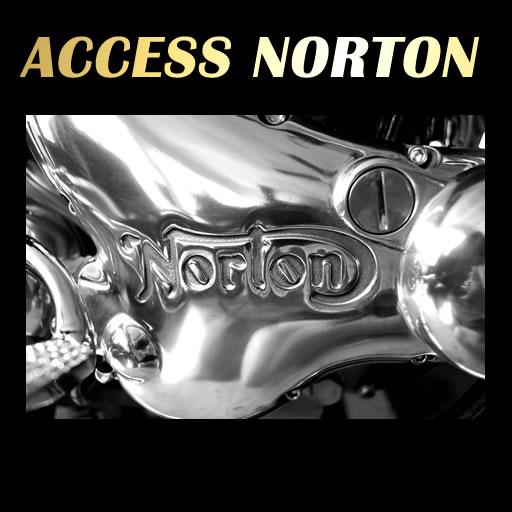marshg246
VIP MEMBER
- Joined
- Jul 12, 2015
- Messages
- 4,917
The 68-70 complete assembled crankshaft has a different part number from the 72 complete assembled crankshaft but the flywheel, and both sides have the same numbers. Is a 69 crankshaft usable in a 72 engine? Are there any differences other than the bolts/studs that hold them together?

